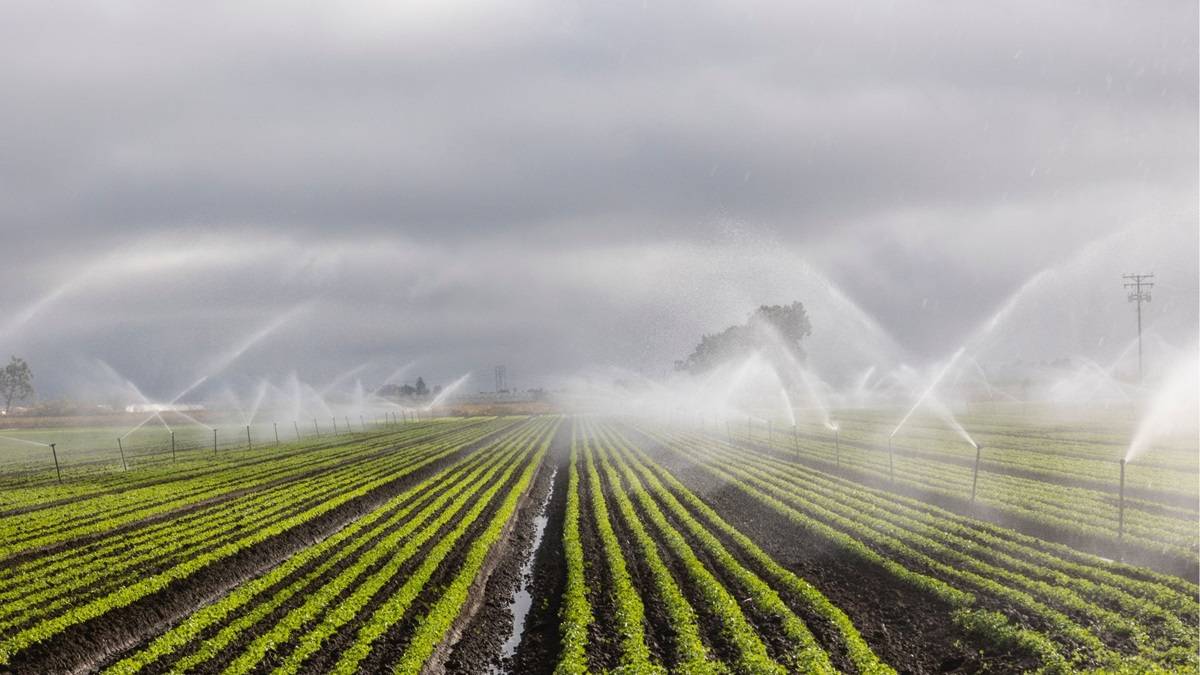
Agriculture, the backbone of many economies worldwide, faces significant challenges in the 21st century, from climate change to water scarcity. To meet the increasing food demands of a growing global population while conserving water resources, innovative farming techniques are vital. Among these, drip irrigation stands out as a revolutionary method that has transformed agricultural practices, offering a sustainable and efficient solution to water management.
What is Drip Irrigation?
Drip irrigation, also known as micro-irrigation or trickle irrigation, is a system where water is delivered directly to the root zone of plants through a network of valves, pipes, tubing, and emitters. This method minimizes water wastage by reducing evaporation and runoff, ensuring that water reaches the plants where it is needed most. The system can be automated and precisely controlled, making it an ideal solution for diverse agricultural needs.
Historical Development
The concept of drip irrigation is not entirely new. Ancient civilizations, such as the Chinese and Egyptians, practiced rudimentary forms of localized irrigation using clay pots buried near plant roots. Modern drip irrigation, however, began to take shape in the mid-20th century. In the 1960s, Israeli engineer Simcha Blass and his son Yeshayahu developed the first practical drip irrigation system, which used plastic emitters to deliver water slowly and directly to plant roots. This innovation was crucial in transforming arid regions into productive agricultural lands.
Advantages of Drip Irrigation
-
Water Conservation: Drip irrigation can save up to 50% more water compared to traditional flood or sprinkler systems. By delivering water directly to the root zone, it reduces evaporation and runoff, making it particularly effective in arid and semi-arid regions.
-
Enhanced Plant Growth: Consistent and targeted water delivery promotes healthier plant growth. Plants receive the right amount of water at the right time, reducing stress and enhancing nutrient uptake.
-
Weed Reduction: Since water is applied directly to the plant roots, the surrounding soil remains drier, inhibiting the growth of weeds. This reduces the need for herbicides and manual weeding.
-
Improved Crop Yields: By optimizing water usage and improving plant health, drip irrigation can lead to higher crop yields. Farmers can achieve better productivity and profitability.
-
Soil Erosion Prevention: Traditional irrigation methods often lead to soil erosion due to water runoff. Drip irrigation minimizes this risk, maintaining soil structure and fertility.
-
Flexibility and Adaptability: Drip irrigation systems can be tailored to suit various crop types, soil conditions, and topographies. They are suitable for both small-scale gardens and large commercial farms.
Economic and Environmental Impact
The economic benefits of drip irrigation extend beyond water savings. By increasing crop yields and reducing the need for fertilizers and pesticides, farmers can significantly lower their input costs. Additionally, the precise application of water and nutrients minimizes leaching and runoff, which can contaminate groundwater and surrounding ecosystems. This environmentally friendly aspect of drip irrigation supports sustainable farming practices and helps preserve natural resources for future generations.
Technological Advancements and Innovations
Advancements in technology have further enhanced the efficiency and effectiveness of drip irrigation systems. Modern systems are equipped with sensors, controllers, and automated features that allow for real-time monitoring and adjustments. These smart irrigation systems can analyze soil moisture levels, weather conditions, and plant needs to optimize water usage.
One notable innovation is the integration of drip irrigation with fertigation, where fertilizers are dissolved in the irrigation water and delivered directly to the plant roots. This method ensures precise nutrient management, leading to better crop quality and yield.
Challenges and Considerations
Despite its numerous advantages, the adoption of drip irrigation is not without challenges. The initial cost of installation can be high, particularly for small-scale farmers in developing countries. However, the long-term benefits and potential cost savings often outweigh the initial investment.
Maintenance is another critical aspect. Drip irrigation systems require regular checks to ensure that emitters are not clogged and that the system is functioning correctly. Proper training and technical support are essential to address these issues and ensure the longevity of the system.
Global Adoption
Drip irrigation has seen widespread adoption globally, with remarkable success stories from various regions. In Israel, the birthplace of modern drip irrigation, farmers have turned arid desert landscapes into fertile agricultural lands, significantly boosting food production. In India, the government has promoted drip irrigation as part of its efforts to improve water use efficiency and support smallholder farmers. Similar success stories can be found in countries like Australia, the United States, and China, where drip irrigation has contributed to increased agricultural productivity and sustainability.
Drip irrigation represents a key to agricultural prosperity in an era where water scarcity and environmental sustainability are paramount concerns. By delivering water directly to the plant roots with precision and efficiency, this method maximizes resource use, enhances crop yields, and supports sustainable farming practices. As technology continues to evolve, drip irrigation systems will become more accessible and effective, offering a promising solution to the challenges facing global agriculture.
Investing in and adopting drip irrigation is not just a smart agricultural practice; it is a crucial step towards ensuring food security and environmental protection.
















